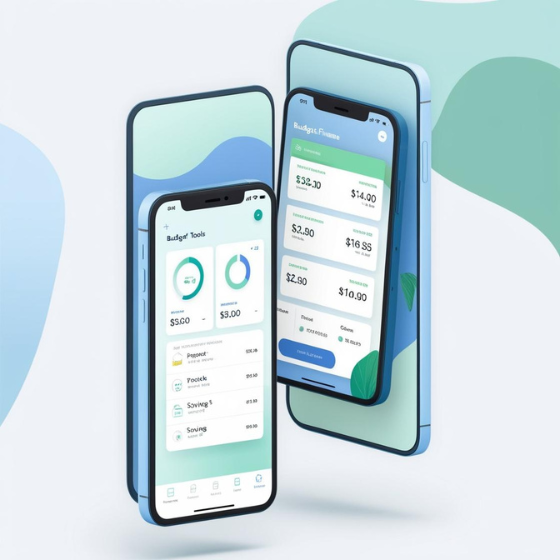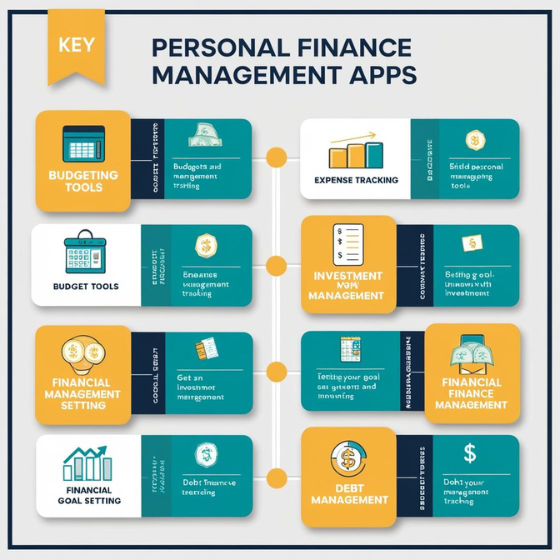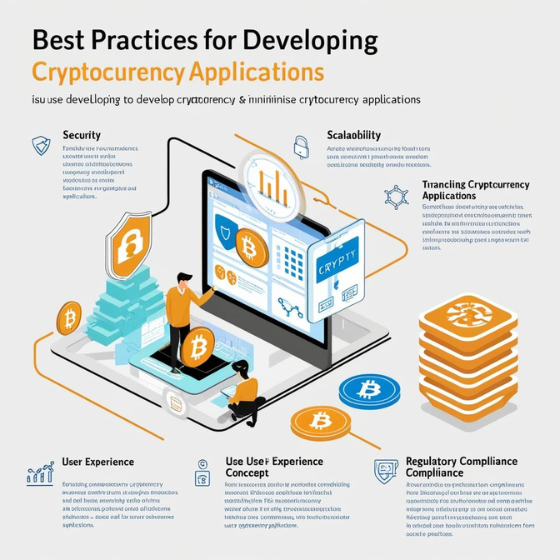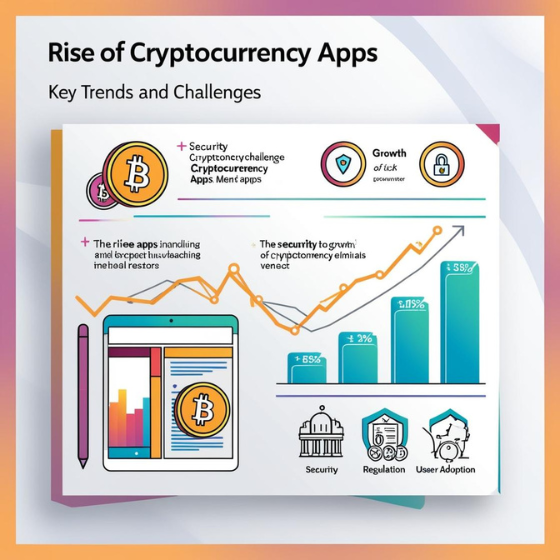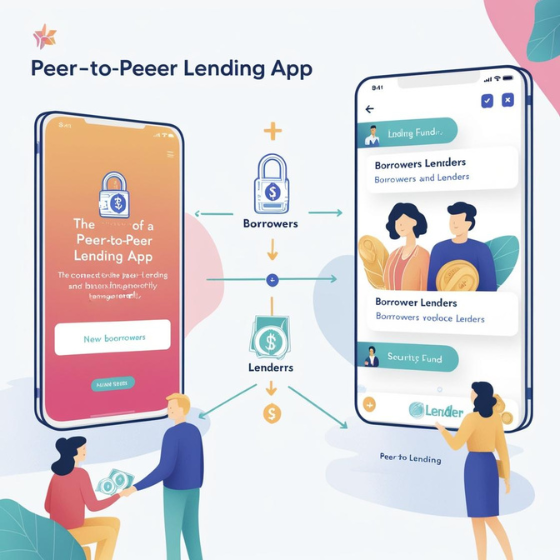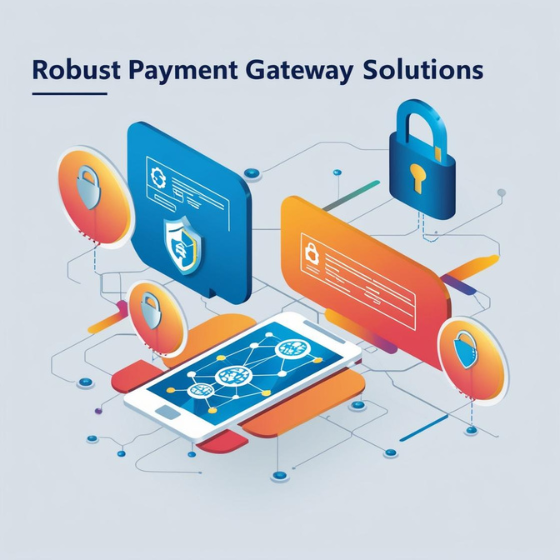Introduction:
Did you know that nearly 60% of Americans don’t track their spending, and the average household credit card debt is over $6,000? In today’s fast-paced world, managing finances can often feel overwhelming, especially when the bills pile up, and the savings account seems to shrink. This is where personal finance management apps: helping users save money comes in.
These apps are more than just a tool to track spending—they offer powerful insights, budgeting tools, and ways to build a sustainable financial future. Whether you’re new to managing your finances or an experienced planner, these apps can make a significant impact on your savings. In this blog, we will explore how personal finance management apps: helping users save money have revolutionized the way we manage personal finances and how they can help you take control of your financial health.
Why Personal Finance Management Apps Matter
In an era of digital convenience, it’s no surprise that finance management has become automated, making it easier than ever to track spending, save, and budget effectively. But why exactly should we consider using personal finance management apps: helping users save money? Let’s break it down.
Key Benefits of Using Personal Finance Management Apps:
- Budgeting Made Easy: Personal finance apps provide an easy way to create budgets by categorizing your expenses, helping you see where your money is going and where to cut back.
- Tracking Spending: These apps allow users to track their daily, weekly, and monthly spending patterns, helping identify unnecessary expenditures.
- Real-Time Insights: Financial apps give real-time notifications about spending, upcoming bills, and financial goals, ensuring users never miss a beat in managing their finances.
- Automated Saving: Many apps offer automatic savings features, where users can round up their purchases to the nearest dollar and save the change.
By utilizing these apps, individuals can significantly improve their ability to manage their money, track financial goals, and ultimately save more.
Key Features of Personal Finance Management Apps
Personal finance management apps come with a variety of features designed to make saving money easier and more efficient. But what are the most essential functions of these apps? Here’s what you should look for when choosing the best tool for managing your finances.
Top Features That Help Users Save Money:
- Expense Categorization: Most apps allow you to categorize your expenses—like groceries, entertainment, or transportation—so you can see exactly where your money is going. This helps to identify areas where you can cut back.
- Bill Reminders & Notifications: Many personal finance apps will send you reminders about upcoming bills or subscriptions, preventing late fees and encouraging timely payments.
- Goal Setting & Tracking: You can set financial goals within the app, such as saving for a vacation or emergency fund. The app will track your progress, helping you stay motivated and focused on achieving these targets.
- Investment Tools: Some apps also provide investment features to help you grow your savings. These tools make it easy to invest in stocks, bonds, or other financial products without needing specialized knowledge.
- Credit Score Monitoring: A crucial feature in today’s financial landscape is the ability to check your credit score regularly. Many apps offer integrated credit monitoring services to ensure your credit remains healthy.
- Debt Management: For users looking to pay down debt, these apps often provide resources and strategies to help manage loans and credit card balances, which can ultimately help in saving money by reducing interest payments.
These tools make personal finance management simpler and more accessible, empowering users to take control of their financial future.
How Personal Finance Management Apps Help Users Save Money
The main goal of personal finance management apps: helping users save money is to give individuals the tools they need to make informed financial decisions. By offering a comprehensive view of income, expenses, and savings goals, these apps allow users to strategize and make smarter financial choices.
Here’s How These Apps Directly Contribute to Saving Money:
- Identifying Unnecessary Spending: One of the most effective ways these apps help save money is by analyzing your spending patterns. With categories and spending insights, you can quickly spot where you are overspending—whether on dining out, subscriptions, or impulse buys. By cutting back on these areas, users can boost their savings.
- Avoiding Late Fees & Overdraft Charges: Many finance apps provide bill reminders and alerts, reducing the chances of forgetting important payments. They also track your account balances, preventing overdrafts and avoiding costly bank fees.
- Building an Emergency Fund: Personal finance apps often provide an easy way to set up an emergency fund. With features like automated savings or rounding up purchases, users can build a safety net without having to think about it constantly.
- Better Financial Decision-Making: By having a clear overview of your finances, these apps help users make smarter choices. Whether it’s deciding whether to purchase an item or invest, financial apps offer the information needed to ensure each decision aligns with your long-term financial goals.
- Debt Payoff Planning: Several apps help users create a plan to pay off high-interest debts faster, which is an essential step in saving money. By reducing debt, users can free up more funds for savings and investments.
With a more comprehensive understanding of your finances, you can start to implement smarter saving habits that will benefit your financial health in the long term.
Choosing the Right Personal Finance Management App
With so many options available, choosing the right personal finance management app: helping users save money can be overwhelming. To make the process easier, it’s essential to consider your specific needs and preferences.
Key Considerations When Choosing an App:
- Security Features: Ensure the app you choose has robust security measures, such as encryption and two-factor authentication, to protect your personal and financial data.
- Ease of Use: The app should be user-friendly, with a simple interface and intuitive navigation that makes managing your finances easy and straightforward.
- Customization Options: Look for an app that allows you to tailor features to your unique financial situation, such as adding different savings goals or adjusting budgeting categories.
- Integrations: The best apps will sync seamlessly with your bank accounts, credit cards, and other financial services to give you a complete picture of your finances.
- Customer Support: Consider the quality of customer service and support the app offers. Having access to helpful resources or assistance can make a big difference.
Once you find the app that meets your needs, it’s time to dive in and start using it to save money.
Conclusion:
In today’s fast-paced world, managing personal finances can be challenging, but with the right tools, it becomes a lot easier. Personal finance management apps: helping users save money provide invaluable insights into spending, budgeting, and saving. By incorporating key features such as expense tracking, bill reminders, and goal setting, these apps empower individuals to make smarter financial decisions and build long-term savings.
If you’re ready to take control of your financial future, explore our financial management app development services and discover how Sodio can help you create a personalized solution that meets your needs. For more tips on financial tools and trends, visit our blog.
